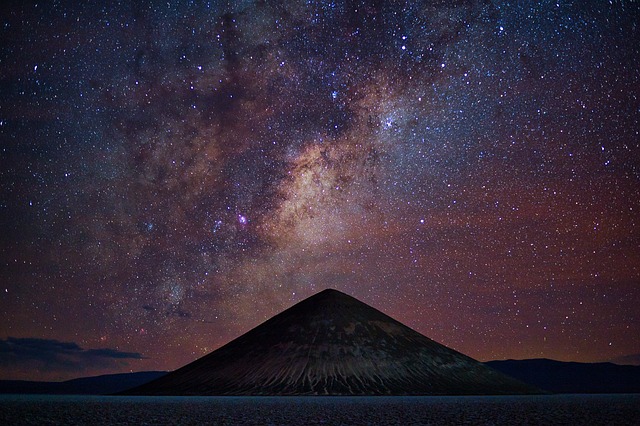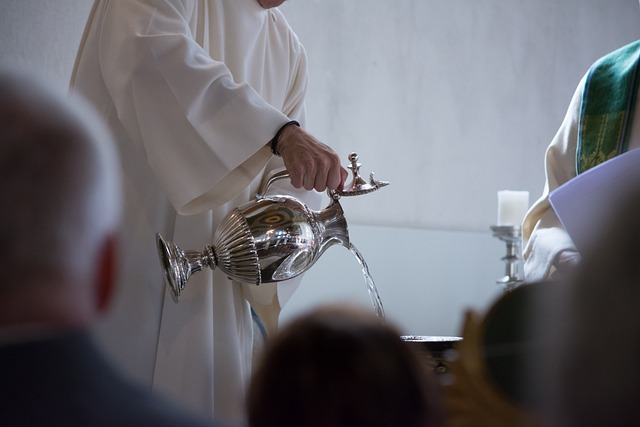As night falls and the stars begin to twinkle above, a profound sense of wonder envelops us. The vastness of the universe invites contemplation, beckoning us to explore the spiritual significance of the starry cosmos in various religious traditions. Across cultures and faiths, the night sky has always been more than just a celestial display; it is a canvas upon which religious meaning and rituals are painted.
In many traditions, the stars are seen as divine messengers or symbols of hope. Ancient civilizations often looked to the heavens for guidance, interpreting celestial movements as reflections of their spiritual beliefs. For instance, in ancient Egypt, the goddess Isis was associated with the star Sirius, which marked the annual flooding of the Nile and was celebrated with grand rituals. This connection between the cosmos and earthly cycles highlights how the stars serve as a reminder of the divine rhythm in life.
Moving across the globe, we encounter the rich tapestry of Hinduism. In this faith, astrology and the movements of celestial bodies play a pivotal role in guiding the lives of followers. The concept of Nakshatras, or lunar mansions, emphasizes the spiritual importance of the stars in shaping destiny. Rituals are often aligned with the lunar calendar, reinforcing the connection between the earthly realm and the starry skies above.
Likewise, in indigenous cultures, the night sky is often a source of spiritual inspiration. Many Native American tribes have extensive mythologies surrounding the constellations. The stars serve as ancestral markers, guiding individuals in their journeys and connecting them to their heritage. The rituals associated with star viewing and storytelling foster a sense of community and reverence for the cosmos, reminding participants of their place within the greater universe.
In Islam, the importance of the stars extends to their role in navigation and marking time. The Islamic calendar is lunar-based, with the sighting of the crescent moon ushering in significant religious events. Night prayers often coincide with the celestial phenomenon, creating a divine connection during rituals. The stars illuminate the path for reflection, prayer, and communion with the divine, enhancing the worship experience.
Judaism also embraces the symbolism of the stars through rituals that connect the earthly with the heavenly. The lighting of candles during Shabbat mirrors the twinkling stars in the sky, symbolizing the divine light that illuminates our lives. The ritual invites practitioners to pause, reflect, and acknowledge the sacredness of creation, fostering a deep connection to both community and the cosmos.
As we gaze at a starry sky, we are reminded that across cultures and traditions, the stars have always held spiritual significance. They beckon us to explore our beliefs, connect with our history, and embrace the mysteries of life. Each twinkle serves as a beacon, guiding us toward a deeper understanding of ourselves and our place in the universe. Embracing these starry rituals can enrich our spiritual journeys, reminding us that we are part of something far greater than ourselves.



